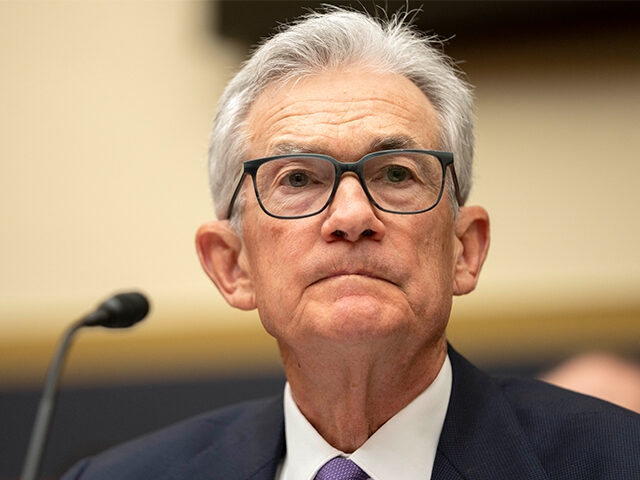Employers in the United States added 175,000 workers to their payrolls in April, the Department of Labor said Friday.
The unemployment rate ticked up to 3.9 percent from 3.8 percent in the prior month.
Economists had forecast payrolls would grow by 240,000 and the unemployment rate would hold steady at the prior month’s 3.8 percent. The low end of the range of forecasts in the Econoday survey was 190,000 and the high end was 303,000.
The weaker-than-expected figure may revive hopes for rate cuts this year. Stock futures moved higher when the jobs report was released. Futures markets suggested an earlier start to rate cuts from the Fed than they had earlier this week.
Last month, the government said the economy added 303,000 jobs. That was revised up in the latest report, to 315,000. The February estimate was revised down last month by 5,000 to 270,000. It was revised down again to 236,000. After the revisions, employment in February and March combined was 22,000 lower than previously reported.
Wage gains moderated. Overall hourly wages rose 0.2 percent, less than the 0.3 percent estimated and lower than the 0.3 percent recorded in March.
The goods-producing side of the economy added 14,000, a big decline in growth after the prior month’s 39,000 but close to February’s 15,000. Manufacturing employment grew by 8,000, with 7,000 added in nondurable manufacturing and just 1,000 in durable goods. The auto sector shed 2,1000 jobs, which may be a reflection of the announcement by major U.S. auto companies to pull back on EV production and autonomous vehicle research.
The construction sector, which has been a source of strength for employment in recent reports, added 9,000 jobs, a slowdown in hiring after the prior month’s 40,000.
The services sector added 153,000, including 20,000 in retail trade, 21,8000 in the warehouse and transportation sector, and 10,000 in wholesale trade. Leisure and hospitality added just 5,000 jobs, down from 53,000 in March.
The health care and social assistance segment added 87,000 jobs. Government added only 4,000 jobs.
The information technology segment contracted by 8,000 jobs. Professional and business services shrank by 4,000, driven by a sizeable 16,400 decline in employment in temporary help services.
Total private sector employment rose by 167,000.
Over the past three months, the economy has added an average of 242,000. The private sector has averaged 197,000.
Last December, the Federal Reserve said it was probably through hiking rates and officials projected they would cut rates three times in 2024. Prices in the bond and derivatives markets implied that the Fed would cut rates by as many as six times beginning with the March meeting. After the Fed surprised many investors by indicating in January that it would not be ready to cut at its March meeting, many investors believed cuts would begin at the next meeting in May.
Stronger inflation reports for the first three months of the year dashed hope for a rate cut early this year. Just prior to the release of the April jobs numbers, the market-implied almost no chance of a rate cut at the Fed’s next meeting in June, one-in-three odds of a rate cut in July, a 61 percent chance of a cut in September, a 75 percent chance of a cut in November, and an 88 percent chance of a December cut.
After the release, the chances of a July cut moved up to 42 percent, a September cut to 74 percent, a November cut to 84 percent, and a December cut to 94 percent.
The Fed typically cuts rates when the economy appears to be weakening. Although growth was very strong last year, especially in the second half of the year, economists believed that the rate hikes the Fed had implemented from March of 2022 through July of 2023 would become a significant drag on growth and the labor market this year. Instead, the economy has been adding jobs at a breakneck pace.
Some Democrat politicians, progressive economists, and Wall Street analysts have said that the Fed is risking an unnecessary recession by holding back on rate cuts. Fed officials, including chairman Jerome Powell, have insisted that the strength of the labor market and the overall economy gives them room to be patient.

COMMENTS
Please let us know if you're having issues with commenting.